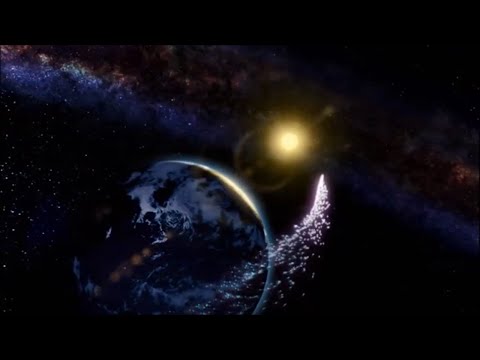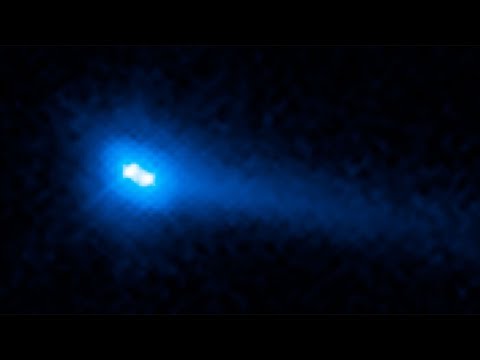Exploring the Mysterious Oort Cloud: The Final Frontier of our Solar System
The Oort Cloud is a mysterious region at the outer edges of our solar system, beyond the orbit of Neptune. It is believed to be a vast, icy shell of comets and other small bodies that stretches for trillions of miles from the sun. Named after the Dutch astronomer Jan Oort, who first proposed its existence in the 1950s, the Oort Cloud remains one of the most elusive and least understood parts of our solar system.
The Oort Cloud is thought to be the source of long-period comets, which have highly elliptical orbits that take them far from the sun and back again. These comets are believed to have originated in the Oort Cloud billions of years ago, when the solar system was still forming. The gravitational influence of passing stars or giant planets may have disturbed the orbits of these icy bodies, sending them on a journey towards the inner solar system.
Despite its theoretical importance, the Oort Cloud has never been directly observed. Its existence is inferred from the orbits of comets and other small bodies that exhibit characteristics consistent with a distant, spherical reservoir of objects. The vast distances involved, combined with the faintness of the objects in the Oort Cloud, make it extremely difficult to detect with current technology.
However, recent advancements in telescopic technology and space exploration have raised the possibility of finally exploring the Oort Cloud in more detail. The New Horizons spacecraft, which successfully visited Pluto in 2015, is now on an extended mission to study objects in the Kuiper Belt, a region of icy bodies beyond Neptune that is thought to be related to the Oort Cloud. Future missions may also be able to study the Oort Cloud directly, either by sending spacecraft out to the edge of the solar system or by using powerful telescopes to search for objects within it.
Studying the Oort Cloud could provide valuable insights into the early history of our solar system and the processes that shaped its formation. By analyzing the composition and structure of objects in the Oort Cloud, scientists hope to gain a better understanding of the conditions that prevailed in the outer solar system billions of years ago. This information could shed light on the origins of comets, asteroids, and other small bodies that populate our cosmic neighborhood.
Exploring the Oort Cloud also has practical implications for future space missions. By studying the distribution and dynamics of objects in the Oort Cloud, scientists may be able to identify potential targets for future spacecraft missions. These missions could provide valuable data on the composition and structure of these distant objects, as well as insights into the processes that govern their behavior.
In conclusion, the Oort Cloud remains one of the most enigmatic and intriguing regions of our solar system. By exploring this final frontier, scientists hope to unlock the secrets of our cosmic origins and gain a better understanding of the processes that have shaped our solar system over billions of years. With new technologies and missions on the horizon, the mysteries of the Oort Cloud may soon be revealed.













